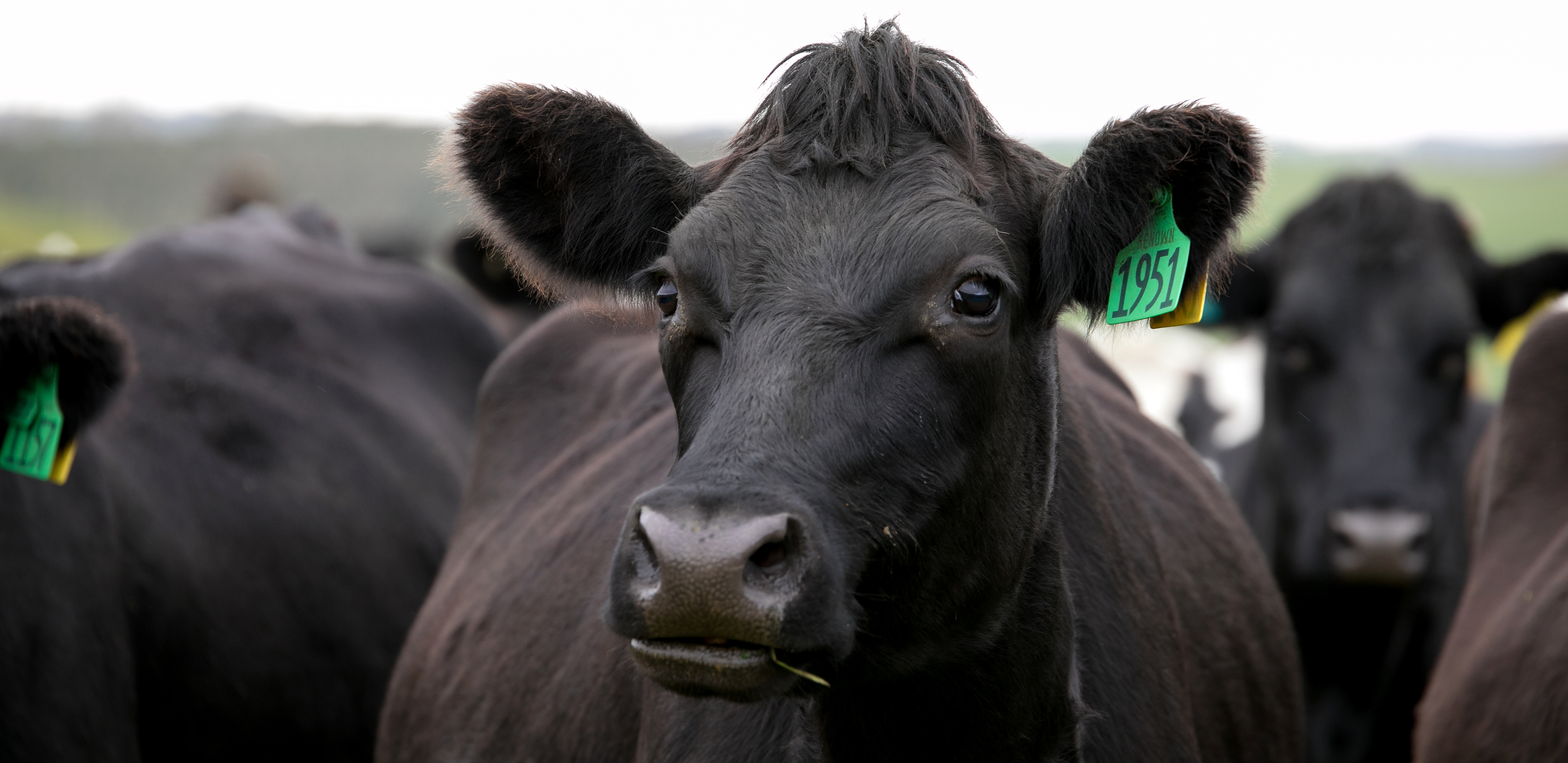Bull breeders: Five tips to assure clients of your M. bovis free status
Friday 29th June 2018

There is general nervousness within the dairy and beef sectors about buying beef bulls in this new Mycoplasmabovis era. Here are five tips that will help you reassure your clients of your M. bovis free status.
1.Use documentation to your advantage
In most cases, you won’t have M. bovis test results. The next best indicator of the level of risk from your bulls is the health status of the herd/s the bulls have been running with. So front foot the clients’ questions and document the health history of your herd. Include:
a) Any prolonged animal health issues in your herd or individual animals.
b) This is the list of specific symptoms associated with M. bovis. You could list and tick/cross, as an extra layer of assurance:
- Lameness in adult and young animals and, in particular, swollen joints. Y/N
- Incidences of mastitis that have not responded to treatment, especially with watery, yellow milk. Y/N
- Cows calving early, the birth of smaller than normal calves, and/or slips and abortions. Y/N
- Respiratory disease in calves, particularly pneumonia accompanied by a hacking cough. Y/N
- Ear infections in calves, often shown as a droopy ear or head tilt. Y/N
- Animals with conjunctivitis, especially calves. Y/N
c) Have bulls remained on one property for their lifetime?
d) Have bulls been exposed to any trading cattle or dairy grazing animals?
e) Your animal health programme, including vaccinations, facial eczema prevention treatments, drenching programme.
f) Herd BVD status.
g) Your vet practice name and contact details.
2. Document your biosecurity programme
Provide the client with a copy of your biosecurity programme – long term, and in M. bovis environment. This should include boundary fence assessment (is there a 2m buffer, when cattle graze in boundary paddocks next to a neighbour’s cattle?), staff induction and a cleaning/disinfection station. Also document the procedures you use when introducing new stock onto your property, such as pre-arrival checks, quarantine period and purpose.
3. Transportation
Talk to your preferred transporter and ask for their biosecurity policy. Specifically address the cleaning regime for the inside of their trucks. Again, supply this documentation to your prospective clients.
4. Have impeccable stock movement records
Record all movements with NAIT and supply an Animal Status Declaration (ASD) form with every animal/group sold.And expect the same standard from the sellers of any stock you intend to purchase.
5. Review your bull lease policy
If you traditionally lease one-year-old bulls to dairy farmers – and they return to your property – this would be the year to review that policy and ideally discontinue it. The risk of introducing M. bovis to your own business needs to be considered. And, if the bulls are leased again as two year olds, there is another layer of risk – this time for that dairy farmer. Ultimately, any lease bulls should go to one dairy farm only, then either be retained there for another season or sent for processing.
More Information
B+LNZ M. bovis information meetings
 Previous
Previous


